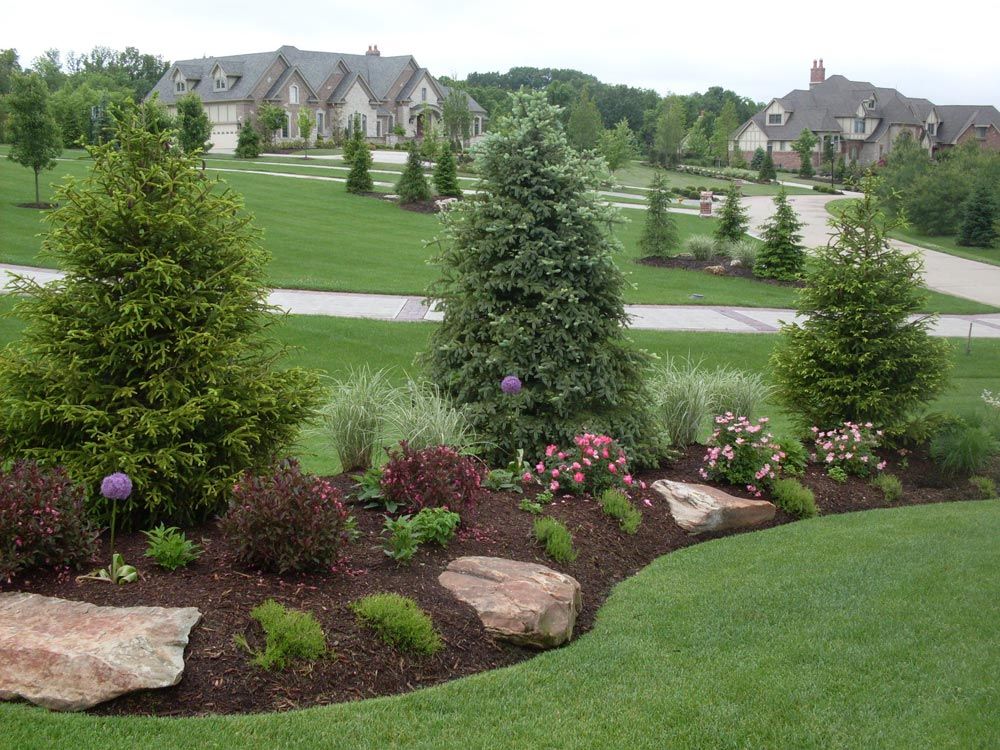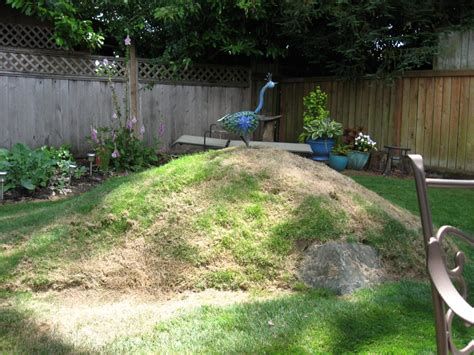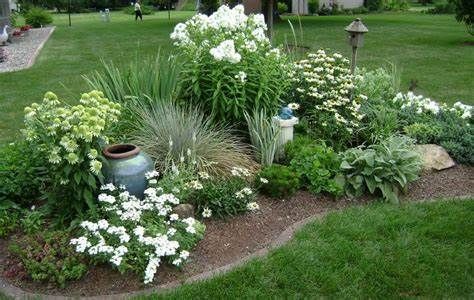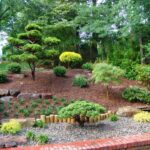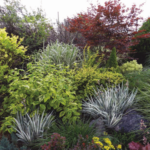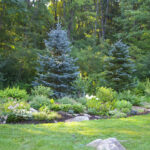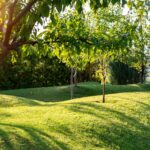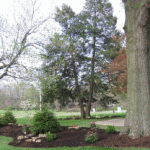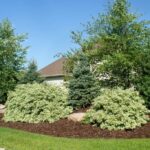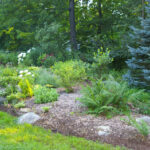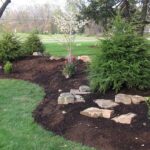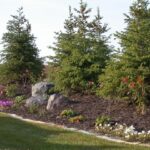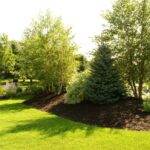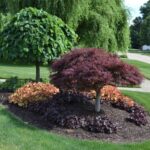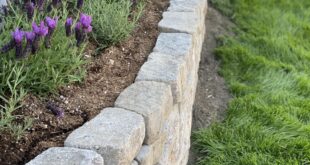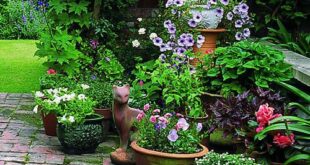Landscaping berms can add dimension and visual interest to any outdoor space. These mounded areas of soil are great for breaking up a flat landscape, creating privacy, and even helping with drainage issues. If you’re looking to incorporate berms into your landscaping, here are some ideas to consider.
One popular berm idea is to use them to create natural borders or boundaries within your yard. By strategically placing berms along property lines or between different garden areas, you can create a sense of organization and structure. This can be particularly useful in larger yards where defining separate spaces can help make the overall design more cohesive.
Another option is to use berms to create elevated planting beds. By building up the soil in certain areas, you can create pockets for planting flowers, shrubs, or even small trees. This not only adds visual interest but also allows for better drainage and aeration for the plants. Plus, elevated planting beds can make gardening easier on your back by reducing the need to bend over when tending to your plants.
Berms can also be used to create natural sound barriers or privacy screens. By strategically placing berms between your outdoor living spaces and noisy neighbors or busy streets, you can create a more peaceful and private oasis. Planting tall grasses, shrubs, or trees on top of the berm can further enhance its effectiveness as a sound barrier and privacy screen.
Incorporating water features into your landscaping berms is another creative idea to consider. By sculpting the berm to create a natural-looking slope, you can add a small pond, stream, or waterfall to your outdoor space. This can create a calming and soothing atmosphere while also attracting wildlife to your yard. Just be sure to consider the maintenance requirements of a water feature before adding it to your berm design.
For a more modern and minimalist look, consider using berms as architectural elements in your landscaping. Create clean, angular berms along walkways or as focal points in the yard. This can add a contemporary flair to your outdoor space while also providing visual interest and texture. Planting low-maintenance grasses or groundcovers on top of these berms can help soften their appearance and create a cohesive look with the rest of your landscaping.
Finally, don’t be afraid to get creative with your berm designs. Incorporate curves, varying heights, and different textures to add visual interest and depth to your outdoor space. Consider using a mix of plants, rocks, and other materials to make your berms stand out. With some careful planning and creativity, landscaping berms can transform your yard into a beautiful and functional outdoor oasis.
 yishifashion Where Outdoor Dreams Become Reality
yishifashion Where Outdoor Dreams Become Reality
